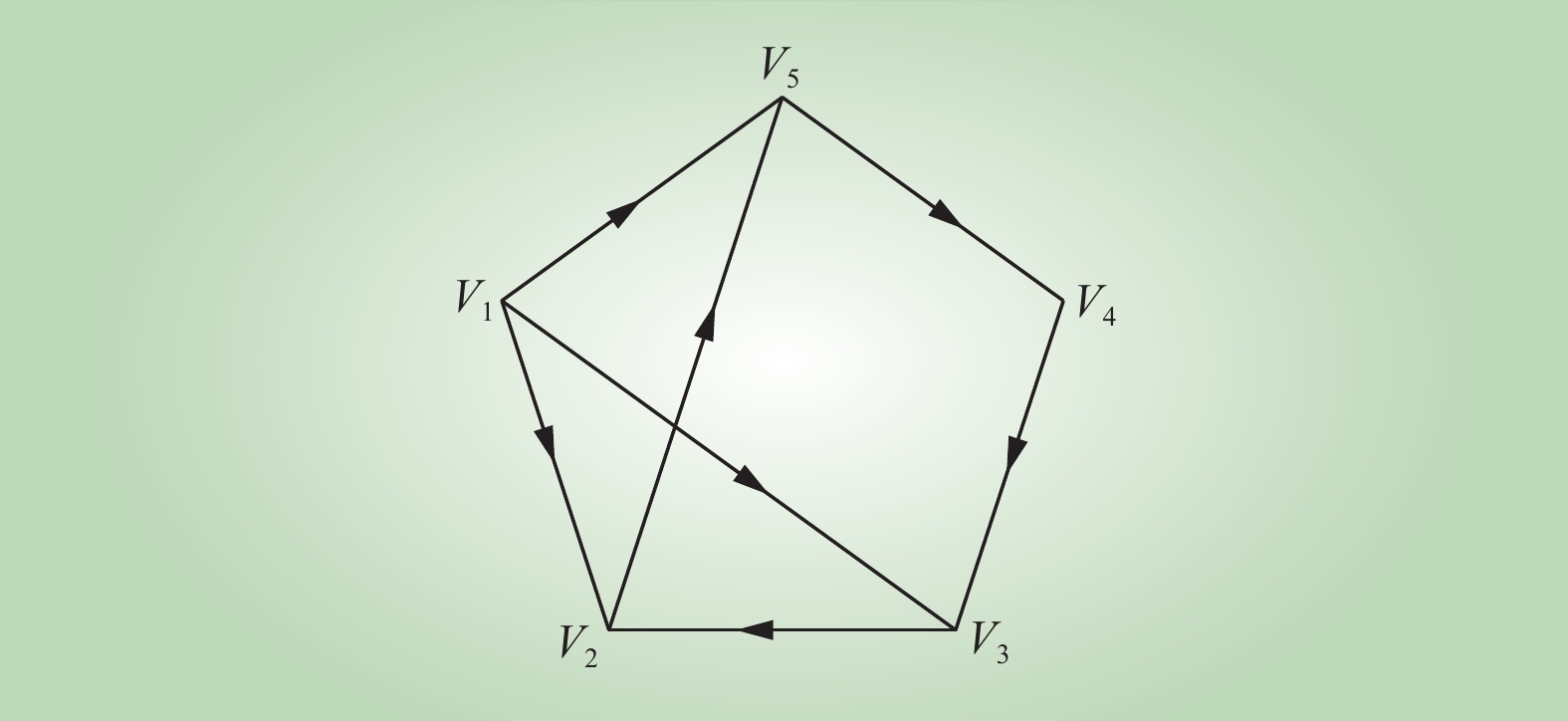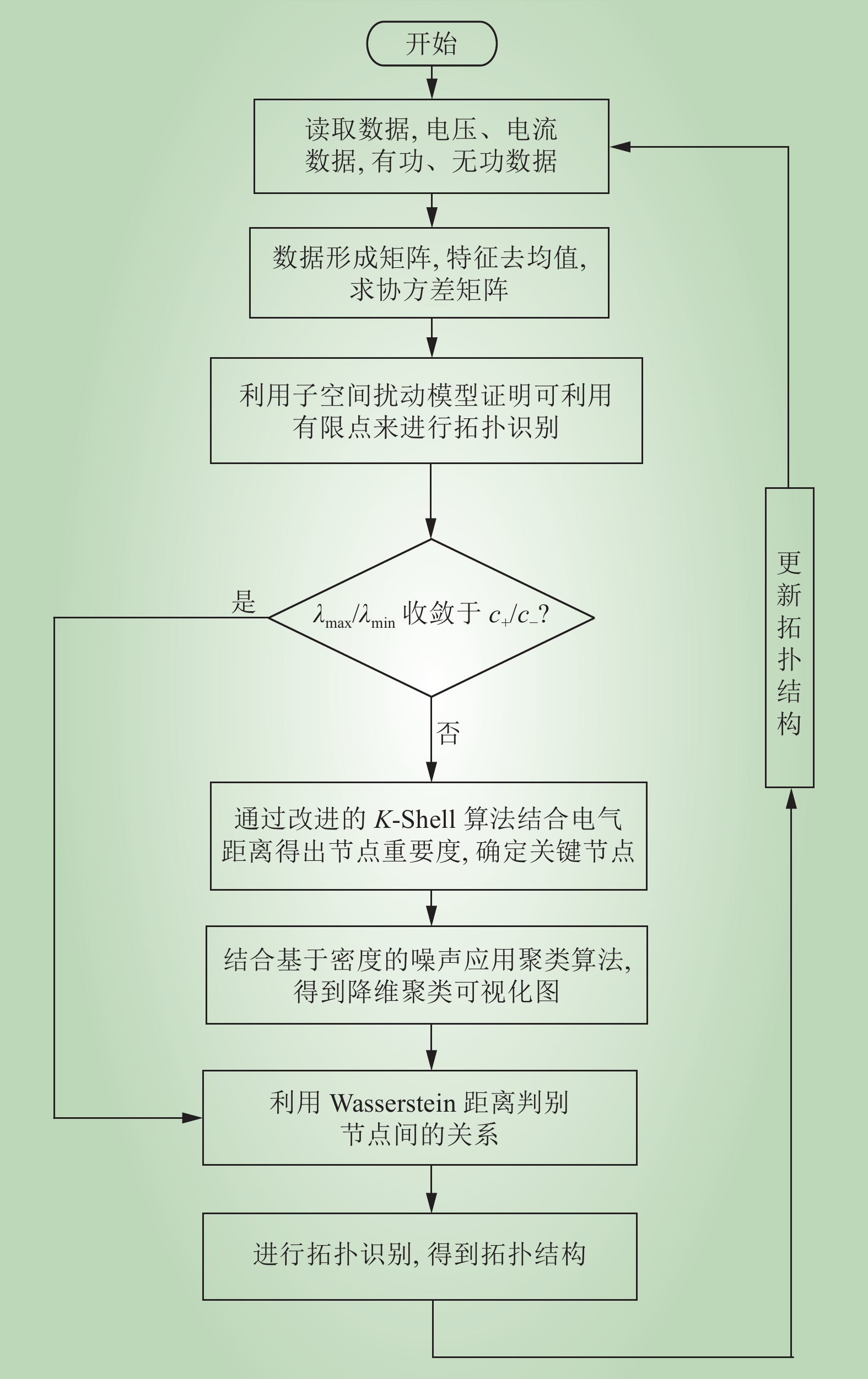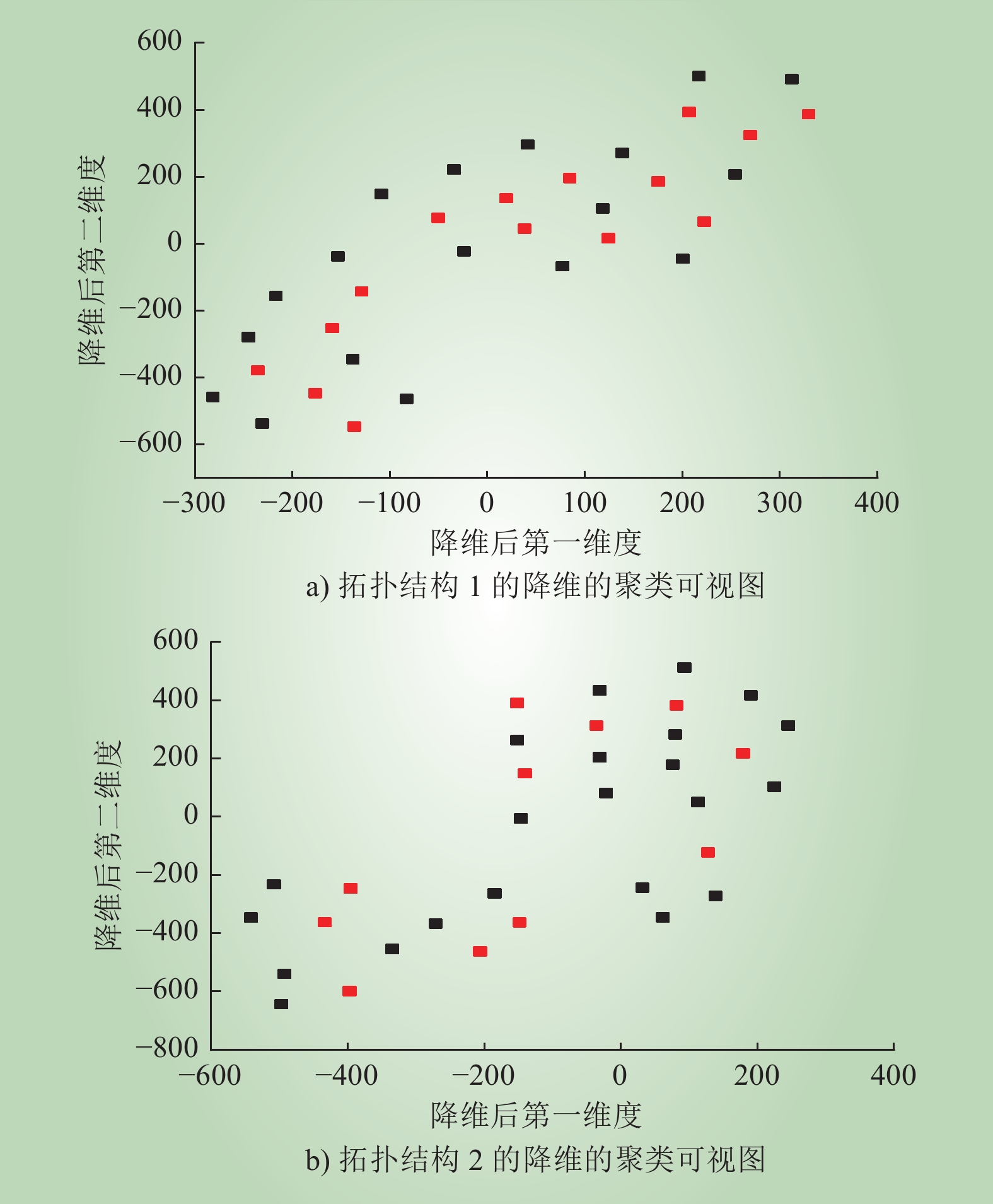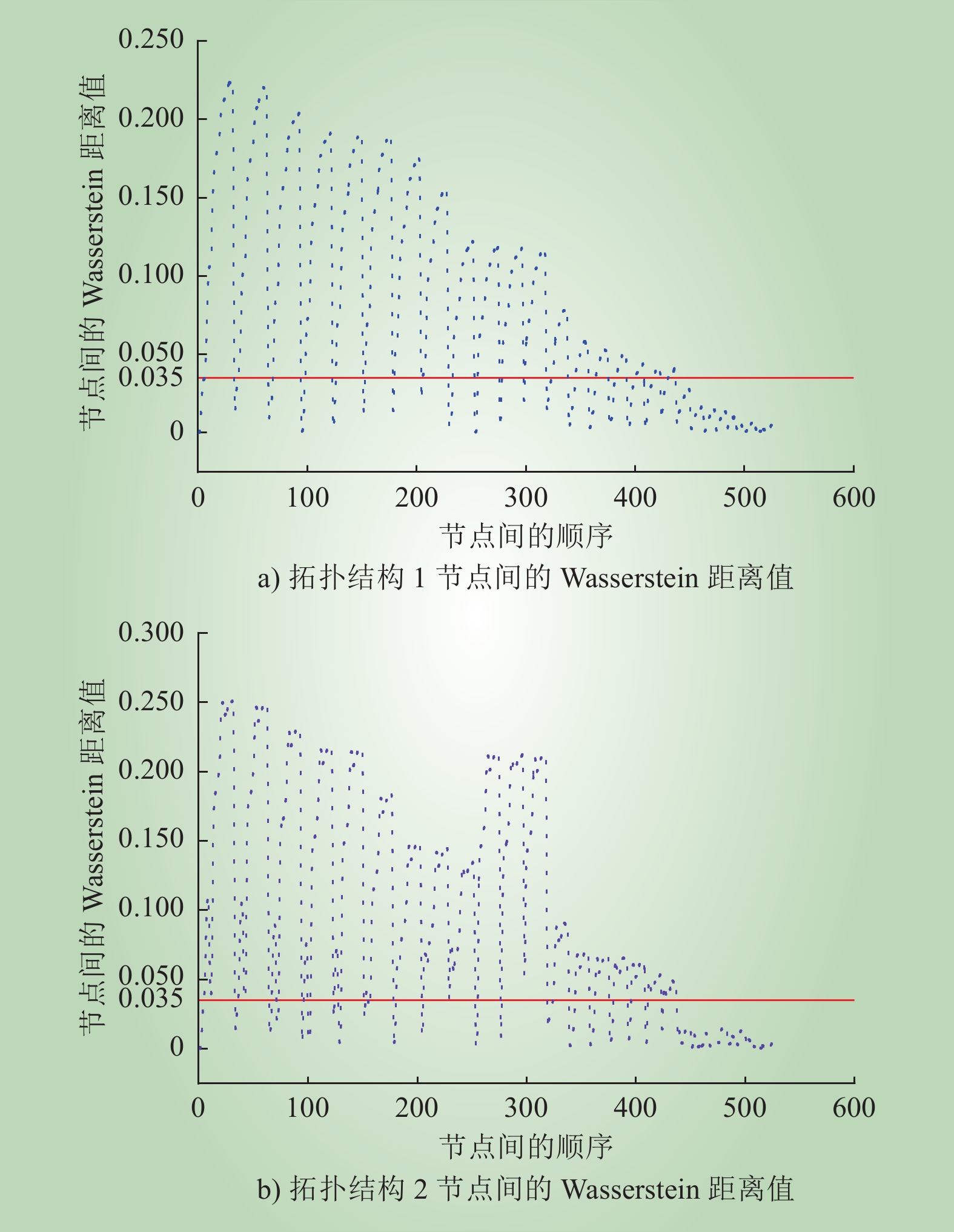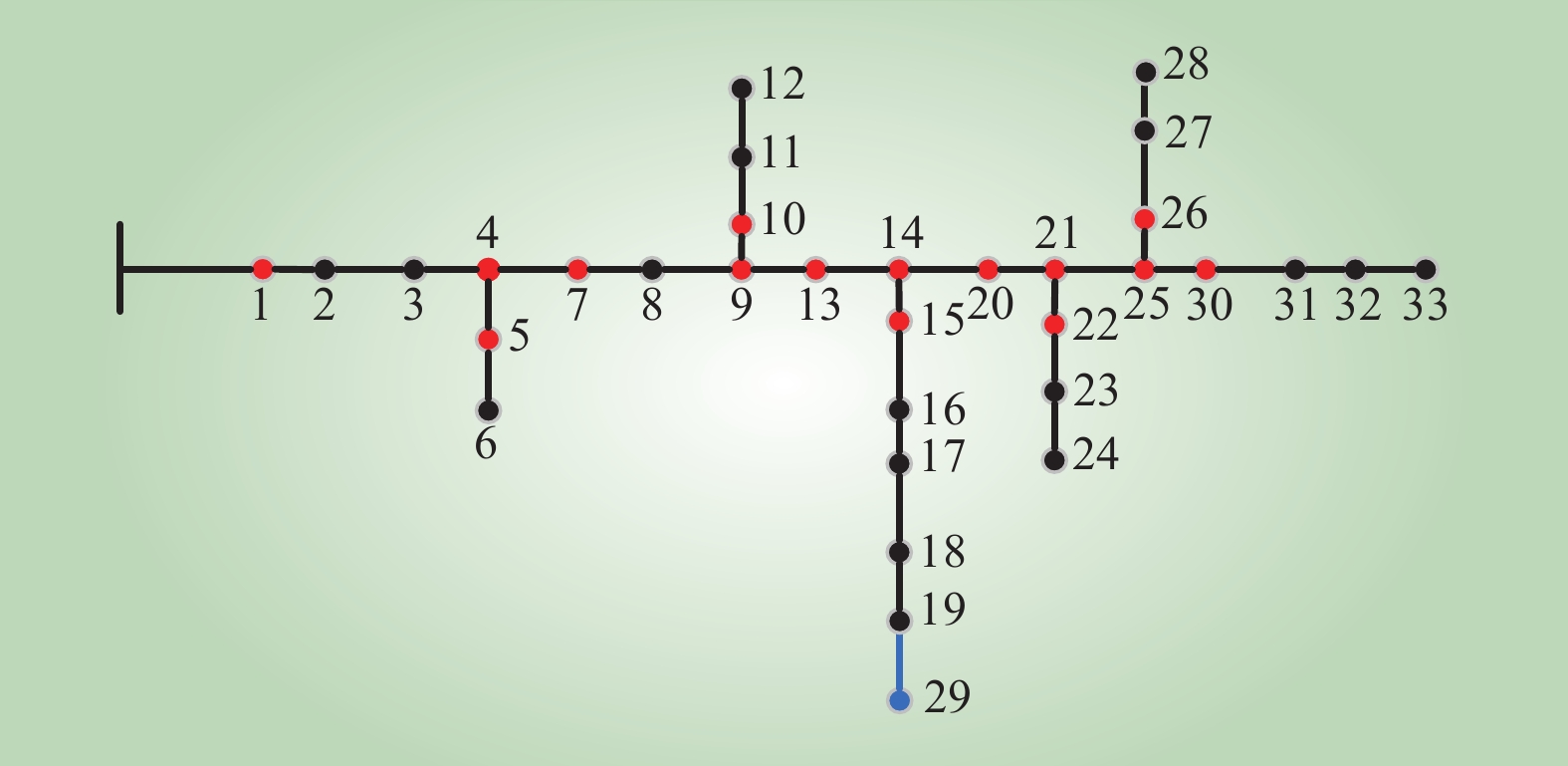| 1 |
王成山, 李鹏. 分布式发电、微网与智能配电网的发展与挑战[J]. 电力系统自动化, 2010, 34 (2): 10- 14, 23.
|
|
WANG Chengshan, LI Peng. Development and challenges of distributed generation, the micro-grid and smart distribution system[J]. Automation of Electric Power Systems, 2010, 34 (2): 10- 14, 23.
|
| 2 |
赵一男, 宋斌, 钱振宇, 等. 未来配电网的分布式形态及规划方法[J]. 中国电力, 2022, 55 (4): 70- 77.
DOI
|
|
ZHAO Yinan, SONG Bin, QIAN Zhenyu, et al. Dispatching architecture and planning method of future distribution network[J]. Electric Power, 2022, 55 (4): 70- 77.
DOI
|
| 3 |
ALVAREZ-HERAULT M C, PICAULT D, CAIRE R, et al. A novel hybrid network architecture to increase DG insertion in electrical distribution systems[J]. IEEE Transactions on Power Systems, 2011, 26 (2): 905- 914.
DOI
|
| 4 |
TAN Y, LI Y, CAO Y J, et al. Integrated optimization of network topology and DG outputs for MVDC distribution systems[J]. IEEE Transactions on Power Systems, 2018, 33 (1): 1121- 1123.
DOI
|
| 5 |
徐明昕, 赵健, 王小宇, 等. 基于电压聚类和关联卷积的配电网户变关系识别方法[J]. 电力系统保护与控制, 2022, 50 (4): 92- 102.
DOI
|
|
XU Mingxin, ZHAO Jian, WANG Xiaoyu, et al. Transformer-customer identification method for a low-voltage distribution network based on voltage clustering and incidence convolution[J]. Power System Protection and Control, 2022, 50 (4): 92- 102.
DOI
|
| 6 |
肖勇, 赵云, 涂治东, 等. 基于改进的皮尔逊相关系数的低压配电网拓扑结构校验方法[J]. 电力系统保护与控制, 2019, 47 (11): 37- 43.
|
|
XIAO Yong, ZHAO Yun, TU Zhidong, et al. Topology checking method for low voltage distribution network based on improved Pearson correlation coefficient[J]. Power System Protection and Control, 2019, 47 (11): 37- 43.
|
| 7 |
张华, 龙呈, 胡思洋, 等. 基于层次聚类法与皮尔逊相关系数的配电网拓扑校验方法[J]. 电力系统保护与控制, 2021, 49 (21): 88- 96.
|
|
ZHANG Hua, LONG Cheng, HU Siyang, et al. Topology verification method of a distribution network based on hierarchical clustering and the Pearson correlation coefficient[J]. Power System Protection and Control, 2021, 49 (21): 88- 96.
|
| 8 |
陈招安, 黄纯, 张志丹, 等. 基于T型灰色关联度和KNN算法的低压配电网台区拓扑识别方法[J]. 电力系统保护与控制, 2021, 49 (1): 163- 169.
|
|
CHEN Zhaoan, HUANG Chun, ZHANG Zhidan, et al. Topology identification method of a low voltage distribution network based on T-type grey correlation degree and KNN algorithm[J]. Power System Protection and Control, 2021, 49 (1): 163- 169.
|
| 9 |
张磐, 黄旭, 高强伟, 等. 基于运行扰动数据分析的低压台区拓扑辨识方法研究[J/OL]. 电测与仪表, 2021: 1–8. (2021-02-24).https://kns.cnki.net/kcms/detail/23.1202.th.20210224.0910.004.html.
|
|
ZHANG Pan, HUANG Xu, GAO Qiangwei, et al. Research on topology identification method of low-voltage station based on operational disturbance data analysis[J/OL]. Electrical Measurement & Instrumentation, 2021: 1–8. (2021-02-24).https://kns.cnki.net/kcms/detail/23.1202.th. 20210224.0910.004.html.
|
| 10 |
杨志淳, 沈煜, 杨帆, 等. 基于数据关联分析的低压配电网拓扑识别方法[J]. 电测与仪表, 2020, 57 (18): 5- 11, 35.
|
|
YANG Zhichun, SHEN Yu, YANG Fan, et al. Topology identification method of low voltage distribution network based on data association analysis[J]. Electrical Measurement & Instrumentation, 2020, 57 (18): 5- 11, 35.
|
| 11 |
DEKA D, BACKHAUS S, CHERTKOV M. Structure learning in power distribution networks[J]. IEEE Transactions on Control of Network Systems, 2018, 5 (3): 1061- 1074.
DOI
|
| 12 |
DEKA D, CHERTKOV M, BACKHAUS S. Topology estimation using graphical models in multi-phase power distribution grids[J]. IEEE Transactions on Power Systems, 2020, 35 (3): 1663- 1673.
DOI
|
| 13 |
贾科, 李论, 杨哲, 等. 基于贝叶斯压缩感知理论的配网故障定位研究[J]. 中国电机工程学报, 2019, 39 (12): 3475- 3486.
|
|
JIA Ke, LI Lun, YANG Zhe, et al. Research on distribution network fault location based on Bayesian compressed sensing theory[J]. Proceedings of the CSEE, 2019, 39 (12): 3475- 3486.
|
| 14 |
许栋梁, 赵健, 王小宇, 等. 基于有向邻接矩阵的配电网拓扑检测与识别[J]. 电力系统保护与控制, 2021, 49 (16): 76- 85.
|
|
XU Dongliang, ZHAO Jian, WANG Xiaoyu, et al. Distribution network topology detection and identification based on a directed adjacency matrix[J]. Power System Protection and Control, 2021, 49 (16): 76- 85.
|
| 15 |
吴在军, 徐俊俊, 余星火, 等. 主动配电网状态估计技术评述[J]. 电力系统自动化, 2017, 41 (13): 182- 191.
|
|
WU Zaijun, XU Junjun, YU Xinghuo, et al. Review on state estimation technique of active distribution network[J]. Automation of Electric Power Systems, 2017, 41 (13): 182- 191.
|
| 16 |
杨虎臣, 王晓东, 史志鹏, 等. 基于电压相似性评估的低压配电网户变关系和相位识别技术研究[J]. 电测与仪表, 2023, 60 (2): 91- 96.
|
|
YANG Huchen, WANG Xiaodong, SHI Zhipeng, et al. Research on household variation relation and phase recognition technology of low voltage distribution network based on voltage similarity assessment[J]. Electrical Measurement & Instrumentation, 2023, 60 (2): 91- 96.
|
| 17 |
ZHAO J, XU M X, WANG X Y, et al. Data-driven based low-voltage distribution system transformer-customer relationship identification[J]. IEEE Transactions on Power Delivery, 2022, 37 (4): 2966- 2977.
DOI
|
| 18 |
PAPPU S J, BHATT N, PASUMARTHY R, et al. Identifying topology of low voltage distribution networks based on smart meter data[J]. IEEE Transactions on Smart Grid, 2018, 9 (5): 5113- 5122.
DOI
|
| 19 |
耿俊成, 吴博, 万迪明, 等. 基于离群点检测的低压配电网拓扑结构校验[J]. 电力信息与通信技术, 2017, 15 (5): 61- 65.
|
|
GENG Juncheng, WU Bo, WAN Diming, et al. Low-voltage transformer area topology verification based on outlier detection[J]. Electric Power Information and Communication Technology, 2017, 15 (5): 61- 65.
|
| 20 |
耿俊成, 张小斐, 郭志民, 等. 基于离散Fréchet距离和剪辑近邻法的低压配电网拓扑结构校验方法[J]. 电测与仪表, 2017, 54 (5): 50- 55.
|
|
GENG Juncheng, ZHANG Xiaofei, GUO Zhimin, et al. Topology verification of low-voltage transformer areas based on discrete Fréchet distance and editing nearest-neighbors method[J]. Electrical Measurement & Instrumentation, 2017, 54 (5): 50- 55.
|
| 21 |
王日宁, 武一, 魏浩铭, 等. 基于智能终端特征信号的配电网台区拓扑识别方法[J]. 电力系统保护与控制, 2021, 49 (6): 83- 89.
|
|
WANG Rining, WU Yi, WEI Haoming, et al. Topology identification method for a distribution network area based on the characteristic signal of a smart terminal unit[J]. Power System Protection and Control, 2021, 49 (6): 83- 89.
|
| 22 |
钟加勇, 熊小伏, 何迎春, 等. 面向台区智能终端的即插即用和拓扑识别方法[J]. 电力系统自动化, 2021, 45 (10): 166- 173.
|
|
ZHONG Jiayong, XIONG Xiaofu, HE Yingchun, et al. Plug-play and topology identification method for intelligent terminal in distribution station area[J]. Automation of Electric Power Systems, 2021, 45 (10): 166- 173.
|
| 23 |
武奕彤. 智能配电网分布式拓扑识别与应用方法[J]. 电力系统保护与控制, 2019, 47 (16): 136- 142.
|
|
WU Yitong. Distributed topology identification and application method of smart distribution network[J]. Power System Protection and Control, 2019, 47 (16): 136- 142.
|
| 24 |
范开俊, 徐丙垠, 董俊, 等. 基于智能终端逐级查询的馈线拓扑识别方法[J]. 电力系统自动化, 2015, 39 (11): 180- 186.
|
|
FAN Kaijun, XU Bingyin, DONG Jun, et al. Identification method for feeder topology based on successive polling of smart terminal unit[J]. Automation of Electric Power Systems, 2015, 39 (11): 180- 186.
|
| 25 |
COUILLET R, HACHEM W. Fluctuations of spiked random matrix models and failure diagnosis in sensor networks[J]. IEEE Transactions on Information Theory, 2013, 59 (1): 509- 525.
DOI
|
| 26 |
XU Z Y. Perturbation analysis for subspace decomposition with applications in subspace-based algorithms[J]. IEEE Transactions on Signal Processing, 2002, 50 (11): 2820- 2830.
DOI
|
| 27 |
FARAJOLLAHI M, SHAHSAVARI A, STEWART E M, et al. Locating the source of events in power distribution systems using micro-PMU data[J]. IEEE Transactions on Power Systems, 2018, 33 (6): 6343- 6354.
DOI
|
| 28 |
XIE J R, HONG T, LAING T, et al. On normality assumption in residual simulation for probabilistic load forecasting[J]. IEEE Transactions on Smart Grid, 2017, 8 (3): 1046- 1053.
DOI
|
| 29 |
杜胜永, 柴乔林, 王华. 基于节点聚合度的生成簇算法[J]. 计算机应用, 2006, 26 (4): 948- 950.
|
|
DU Shengyong, CHAI Qiaolin, WANG Hua. Clustering algorithm based on convergence degree[J]. Journal of Computer Applications, 2006, 26 (4): 948- 950.
|


